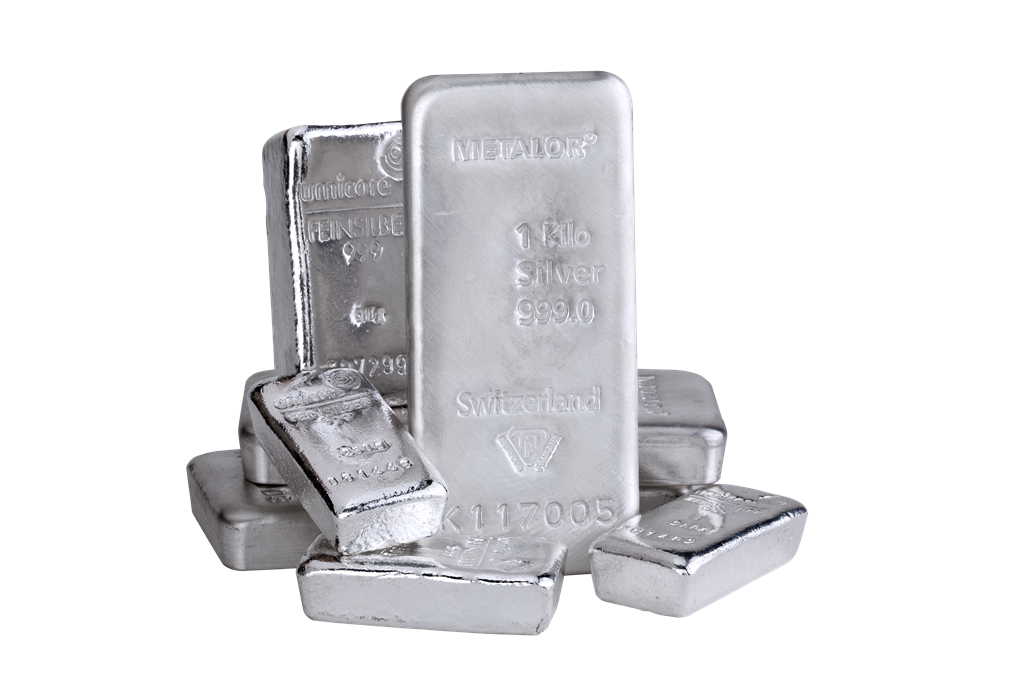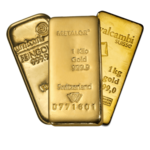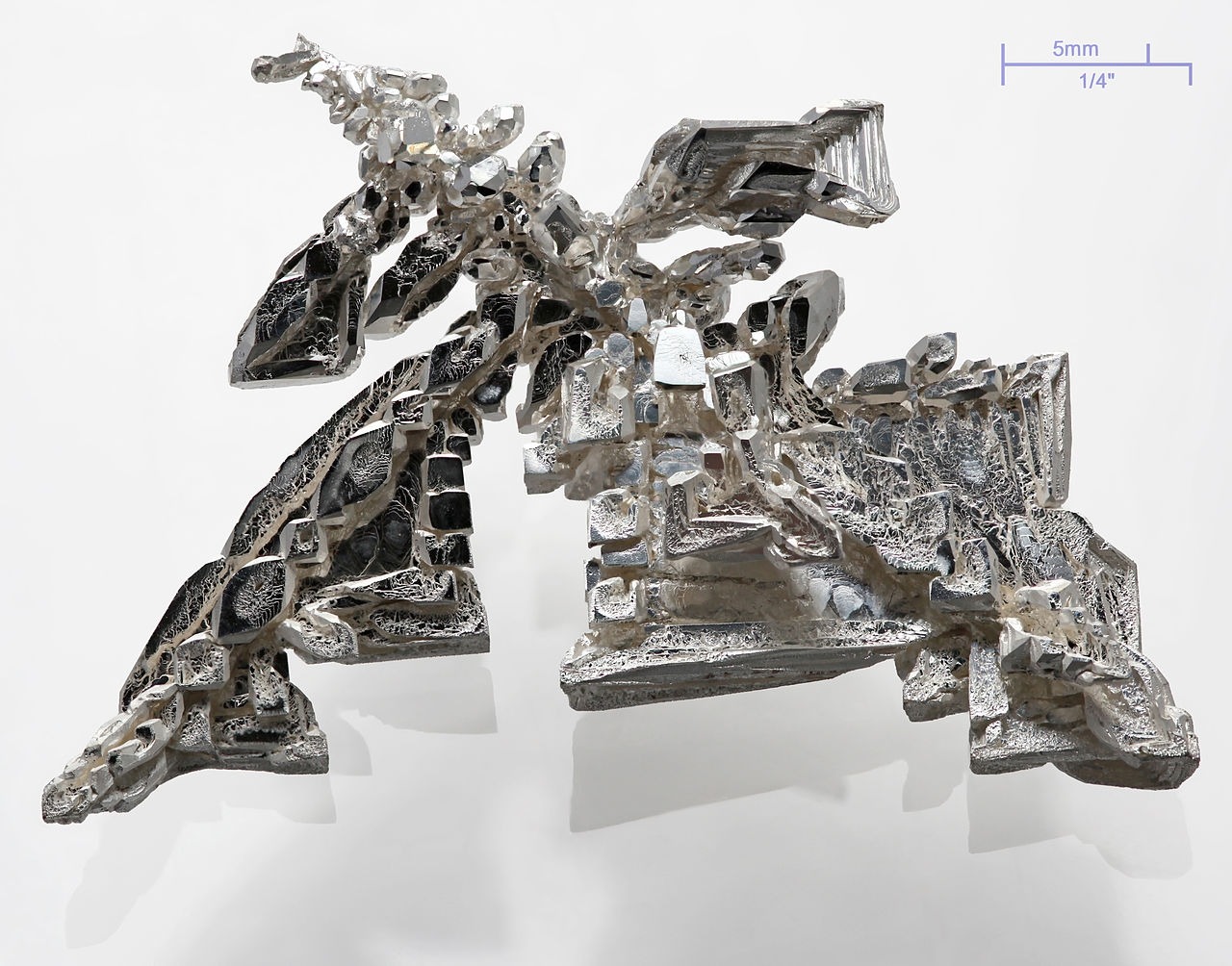
If silver is much cheaper than gold, it’s simply because it’s much more common but not only.
If we look at the annual silver production, it is almost nine times higher than gold’s production (26 000 tons/year against 3000 tons/year) yet the price is incomparably lower. If we take the two metals at the top of their respective prices, silver was 40 times cheaper, and more than 60 times cheaper at today’s price.
As shown in the graph below, silver is particularly present in South America, but still well spread.
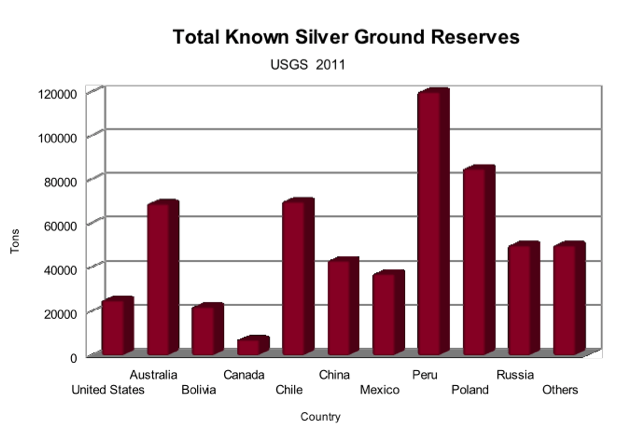
There are a few reasons for such a discrepancy of treatment, the first being that historically the gold coins had a higher face value than the silver coins, that wasn’t always justified by the difference in local rarity. This has increased the emotional value of gold in the collective unconscious, and it never really changed since then. As with the paper money, a material has value only because the people grant him and because it’s useful for one thing or another. Emotional value has thus transform in real value.
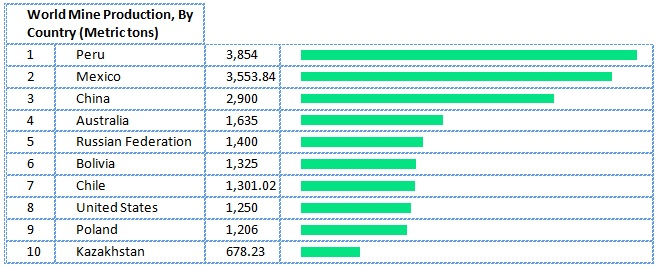
The other big difference is the treatment of money in taxation. It is at best treated at the same level as gold, but in most countries it is more taxed. The only country in Europe where silver is not taxed is Norway (it is not part of the union but it’s in the economic area). So there is no economic advantage to go to silver rather than gold or no practical benefit because silver is two times less dense than gold and it must be stored as well.
All that to say that the very low price of silver makes its mining more difficultly profitable than gold, i.e.: there will remain many potential mines but not profitable due to the operating cost. This should result in a gradual decline in production along with a gradual increase of the price. But nothing dramatic is supposed to happen on the metal silver market. Without forgetting that recycling of silver is less developed than gold’s recycling with only 20% of world supply provided by recycled silver.

